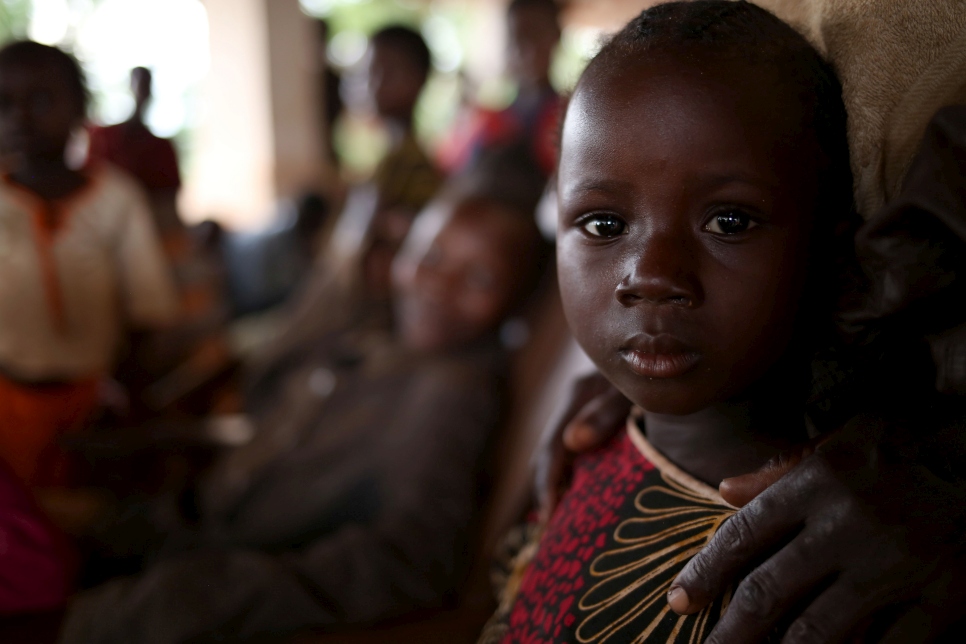Central African Republic situation
"I lost everything: my home, my flesh, my identity. My kids sleep on the floor."
Zainaba, widowed mother of four displaced in Bangui
Back in December 2013, hundreds of thousands of people were forced to flee their homes as violence spread in the Central African Republic, with armed groups controlling parts of the country. Today, the country continues to experience sporadic surges of violence forcing over 744,000 refugees to remain in neighbouring Cameroon, Chad, the Democratic Republic of the Congo, and the Republic of the Congo, with smaller numbers in Sudan and South Sudan. In addition to the refugees, hundreds of thousands more people have been forced to flee inside the country.
If you are a refugee and need help, click here for more information.
Thousands of people are forced to walk for weeks and hide in the forests in a desperate bid to escape, sometimes with nothing to eat or drink. Those who arrive at sites for the displaced have witnessed traumatic scenes of violence, and malnutrition rates have risen to serious levels.
In what is one of the most poorly funded emergency situations globally, many people lack even basic survival assistance. Food, health, shelter, and water and sanitation are all primary concerns for refugees living outside formal sites and for the communities hosting them.
What is UNHCR doing to help?
UNHCR is helping people affected by the violence and conflict. Inside the Central African Republic, UNHCR’s focus remains on life-saving protection and assistance, distributing basic relief items to the newly displaced and new community shelters are being set up in response to the growing number of IDPs. In neighbouring countries, UNHCR and its partners continue to respond to new arrivals while building refugee’s livelihoods and ability to sustain themselves.
To find the latest figures, please visit our Data Portal. You can also read the latest external updates on our Global Focus page.

